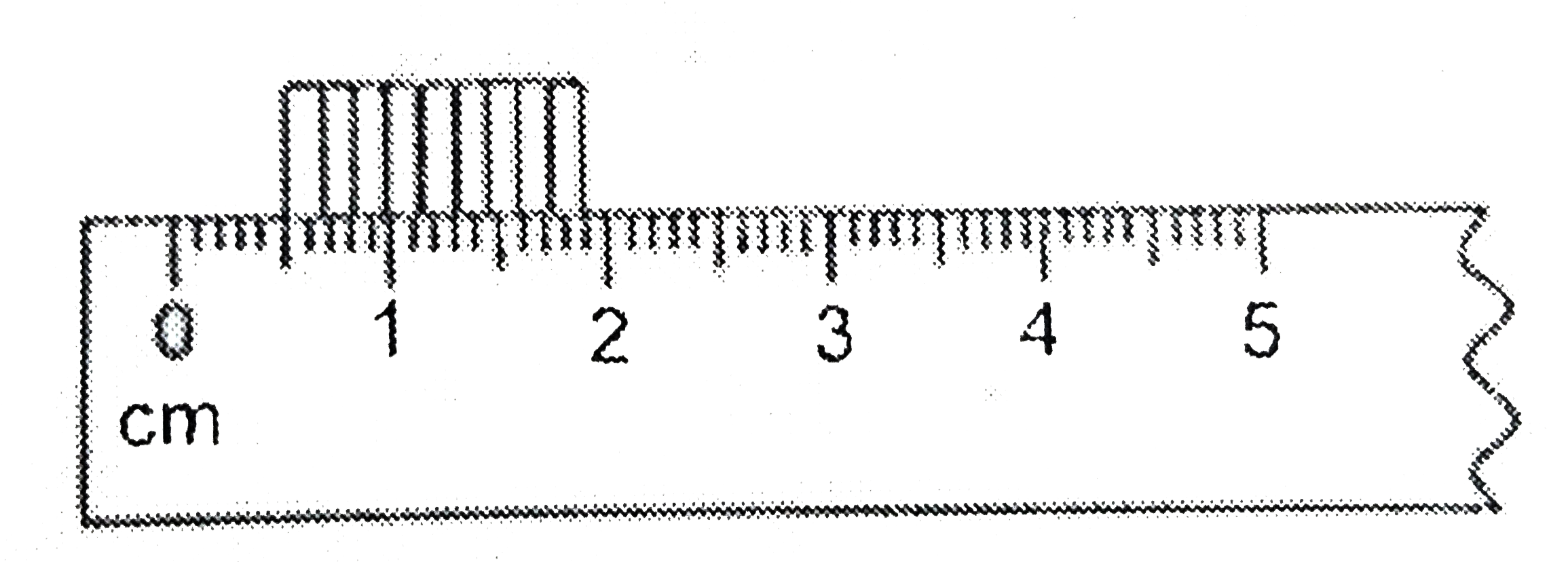A five-rupee coin is put on a thick smooth card and place it on a glass tumbler. Now flick the card horizontally striking it hard with your finger at one of its corners. Explain what you observe.Solution in Assamese
Step by step video & image solution for A five-rupee coin is put on a thick smooth card and place it on a glass tumbler. Now flick the card horizontally striking it hard with your finger at one of its corners. Explain what you observe. by Physics experts to help you in doubts & scoring excellent marks in Class 9 exams.
Updated on:21/07/2023Topper's Solved these Questions
Similar Questions
State the universal law of gravitation.
View SolutionA classroom demonstration of Newton's first law is as follows: A glass is covered with a plastic card and a coin is placed on the card. The card is given a quick strike and the coin falls in the glass. a.Should the friction coeficient between the card and the coin be small or large? b. Should the coin be light or heavy? c. Why does the experiment fail ifteh card is gently pushed?
View SolutionArvind is a student of class IX. One day he had to visit a dentist in the morning because of severe toothache, so he reached late in the school. At that time, his classmates were doing physics experiments in the science laboratory. The science teacher, Mr. Bhatia, asked Arvind to stand alongside Rahul and observe carefully what he was doing. Rahul took a glass tumbler and placed a thick square card on its mouth. He then placed a coin above this card in middle. Rahul flicked the card hard with his fingers. On flicking, the card moved away but the coin dropped into the glass tumbler. After the experiment was over, Mr. Bhatia, asked Arvind to answer the following questions:
(a) What is the 'initial state' of the card? Why does the card move away when flicked with fingers?
(b) What is the 'initial state' of the coin? Why does coin not move away when the card is flicked with fingers?
(c) Which property of coin is exhibited by the fact that the coin drops into glass tumbler when card is flicked away with fingers and moves away? Explain your answer.
(d) What was Rahul trying to illustrate by performing this experiment?
(e) What values are displayed by Arvind in this episode?
View SolutionA pile of identical one rupee coins are placed over a metre scale as shown in the figure. The thickness of a one rupee coin is_____

View Solutionआपने यह प्रयोग तो देखा ही होगा एक गिलास को प्लास्टिक के कार्ड से ढँका जाता है और इस कार्ड पर एक सिक्का रख दिया जाता है| कार्ड को उँगलियों से एक तेज ठोकर मारी जाती है तथा सिक्का गिलास में गिर जाता है|
(a) सिक्के एवं कार्ड के बीच में घर्षण गुणांक कैसा होना चाहिए,कम या अधिक?
(b) सिक्का कैसा होना चाहिए, हल्का या भारी?
(c) यदि कार्ड को धीरे से धकेला जाए, तो यह प्रयोग असफल क्यों हो जाता है?
View Solutionएक गिलास को कार्ड से ढक दिया जाए तथा कार्ड के ऊपर सिक्का रखकर यदि कार्ड को तेजी से धक्का दें , तो सिक्का गिलास में गिर जाता है , क्यों ?
View SolutionHow will you find the thickness of a one rupee coin ?
View SolutionA classroom demonstration of Newton's first law is as follows: A glass is covered with a plastic card and a coin is placed on the card. The card is given a quick strike and the coin falls in the glass. a.Should the friction coefficient between the card and the coin be small or large? b. Should the coin be light or heavy? c. Why does the experiment fail if the card is gently pushed?
View SolutionWhy does a coin, placed on a card, drop into the tumbler when the card is rapidly flicked with a finger?
View SolutionYou have done the experiment in which a glass tumbler completely filled with water and covered by a paper card is held in an inverted position. Try this experiment changing the amount of water. in the glass. Remember to do these experiments changing the size of the paper card used to cover the glass tumbler and holding the glass tumbler in an Inclined position.
View SolutionWhy thick glass tumbler cracks when boiling liquid is put in it?
View SolutionA pile of identical one rupee coins are placed over a metre scale as shown in the figure. The thickness of a one rupee coin is…………….
View SolutionA glass is filled with water up to its brim and a thick hand card placed on top of it. Now keeping the card tightly closed and pressed with palm, the glass full of water is inverted and placed upside down. The palm is gently removed from the card. It is observed that the piece of card does not fall off the glass though the glass is full of water and its whole weight is exerting pressure on the card. Why does it happen?
View SolutionIf you put one ice cube in a glass of water and another in a glass of alcohol, what would you observe ? Explain your observations.
View SolutionTake an empty glass. Place a square cardboard on the glass. Place a 50 paisa coin on the card. Now snap the card. We will find that the card moves on, but the coin falls into the glass.
View Solution
